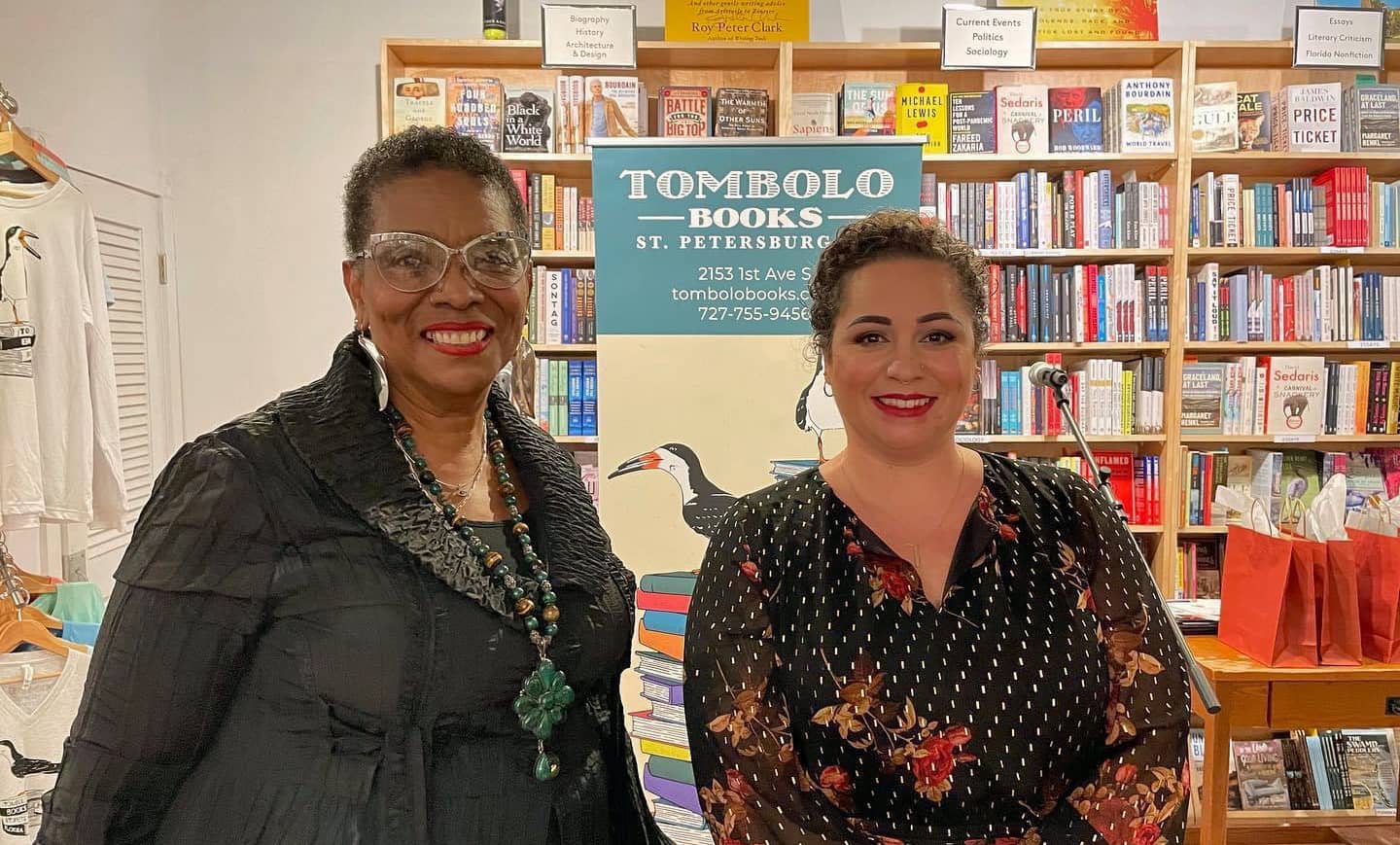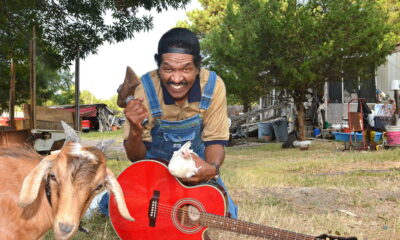Thrive
Waveney Ann Moore: Virtual tours of St. Pete’s African American Heritage Trail

In a couple of weeks, former residents of St. Petersburg’s Laurel Park and Gas Plant communities will gather to reminisce about their lives in the now vanished African-American neighborhoods.
While their homes, churches and businesses were demolished and the land on which they stood forfeited for the city’s now disparaged baseball stadium, memories live on in the stories former residents will share in a Tropicana Field parking lot Dec. 12.
The African American Heritage Association of St. Petersburg has made it its mission to capture and memorialize the rich history of the city’s Black residents, with or without the structures in which they once lived, did business, worshipped or were entertained.
Just a few short years ago, in 2014, the association launched the African American Heritage Trail, which traces the history of St. Petersburg’s Black citizens over a 100-year period, beginning with the city’s first Black resident through the end of segregation.
The chronicles of the community’s perseverance and triumph celebrated a significant milestone last week – digitization of the trail. It will enhance self-guided tours and allow those far beyond the historic 22nd Street S and Ninth Avenue S corridors to visit virtually. Gwendolyn Reese, president of the African American Heritage Association, characterizes the technological advancement as entering the 21st century. The digitization project is expected to be complete in December.
An engaging element of the digitized trail is the inclusion of residents who share their memories and tell stories of family members, teachers, neighbors and others in the community. There is talk of Geech’s barbecue, of Sno-Peak, which was known for its chicken and burgers, and of Mercy Hospital, before which Black residents had none. There are cherished memories of schools and of being taught the importance of education. Pride is expressed in the community’s doctors, nurses, educators and businesses.
Among those sharing their stories is Paul Stewart, who reminisces about the time when baseball player Roberto Clemente stayed at his family’s home. It was a time of segregation and Black ball players were not allowed at the same hotel as white teammates.
Lucinda Grant speaks fondly of growing up in Jordan Park, where neighbors looked out for each other. Mattie Bennett, described by Reese as “the oldest living nurse from Mercy Hospital,” augmented her story with photographs and posters.
Participants in the project also include Ron Gregg, a well-known drummer who has long been involved with the Al Downing Tampa Bay Jazz Association. As a child, he remembers listening to the music of the bands that visited the Historic Manhattan Casino. It was only about two blocks from his home.
Before the pandemic, Reese and Jon Wilson, the association’s vice president and a retired Tampa Bay Times reporter, led in-person tours. Now they will be narrators for the digitized tours.
They say there will be a new section of the trail that will pay homage to the history of Methodist Town, the area that takes its name from Historic Bethel AME Church at 912 Third Ave. N. Work is expected to begin next year.
The trail currently does not include the former Laurel Park and Gas Plant neighborhoods. Reese noted that they, like Gibbs High School – once the city’s only high school for Black students – are not contiguous to any section of the heritage trail. The association, though, plans to acknowledge those sites, she said, and is excited to work with whoever is selected for the Tropicana Field redevelopment site on ways to memorialize the Gas Plant area.
Reese credits former Mayor Bill Foster with prompting the idea of a vehicle to preserve the “rich stories” of the city’s African-American community. She is amazed at how the effort has evolved.
There’s now a 20-marker heritage trail and digitization ensures that it can be shared “all over the world,” she said. “We never envisioned it. We just thought we would come up with a pamphlet or brochure. We’re just excited and one of the things that has been so rewarding and heartwarming is how many organizations and people value the trail and made it possible.”
The Foundation for a Healthy St. Petersburg, the Florida Holocaust Museum and Premier Eye Care are sponsoring the digitization project. Additionally, said Reese, St. Petersburg College gave the association access to its Minson Rubin collection. It’s housed at the Douglas L. Jamerson, Jr. Midtown Center on the Deuces. Rubin was a teacher and basketball coach for Pinellas County Schools and a community activist.
“This has been a blessing,” Reese said. “Everything that has happened has come from the community valuing the vision and mission of the association and knowing the significance of preserving the history and telling the stories of the African-American community.”
That’s encouraging news for Black Americans, whose stories, Reese has said, have been whitewashed, ignored and denied. Digitization of St. Petersburg’s African American Heritage Trail, with stories, photographs and memorabilia coming directly from the Black community itself, is the perfect foil for those who would deny a people’s right to be heard.








Charlie Guy
November 30, 2021at6:56 am
Thanks again for another great article!! Having grown up spending most of my life across the bay in Tampa, it was only in 2003 when I adopted St. Pete as my new home that I began to better understand the city’s true African American heritage and its continuing struggles. Your continued contributions to the Catalyst have not only helped to better educate me, but they point out our continued challenges while also celebrating our current new improvements!
Thanks too for highlighting all that Gwendolyn Reese & Jon Wilson continue to do keep this important heritage alive!!
Keep it coming!
Charlie Guy
Southside Greenway
Rose Hayes
November 29, 2021at4:20 pm
Our neighborhoods were close. Everyone looked out for each other. Children were safe playing outside until sundown. Children today miss so much by staying indoors all of the time. I live in Royal court aka Laurel Park and I lived in the Gas Plant area. My childhood was ‘rich’ now that I look back.
Maya Thomas
November 29, 2021at8:41 am
Thank you for this news story! I am excited about these events surrounding our history in the City of St. Petersburg, Florida
Kitty Rawson
November 27, 2021at9:01 pm
Well done, Waveney Ann! You captured the tone and the emotion besides the facts. Thanks so much for covering the Trail.